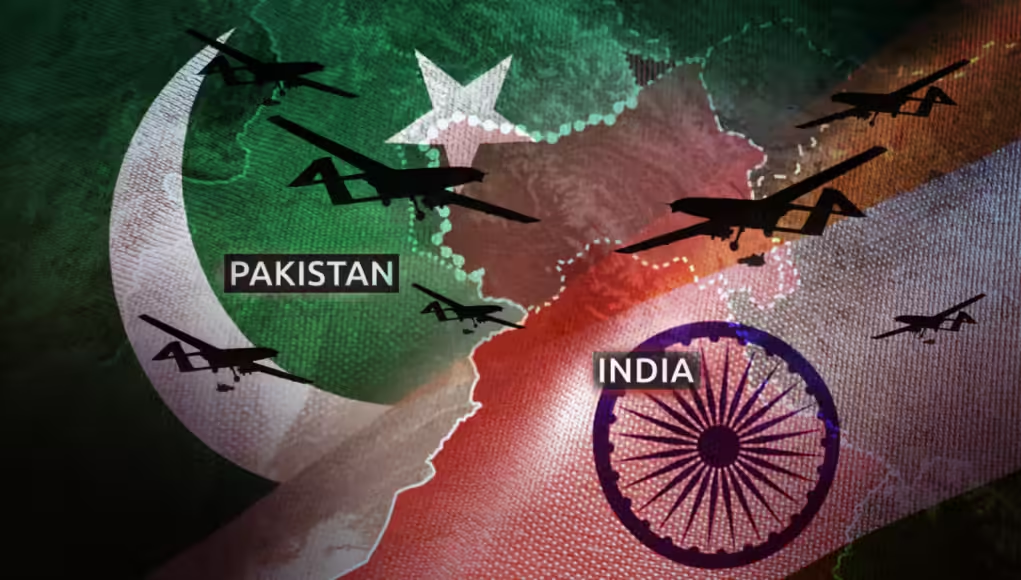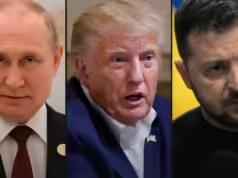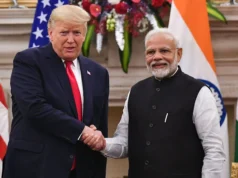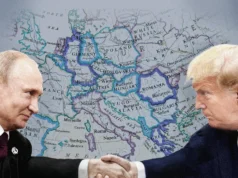Both sides have reaffirmed their commitment to the unexpected truce that put an end to the heaviest fighting between the nuclear-armed neighbors in decades, suggesting that the ceasefire that India and Pakistan agreed to is still in effect.
A slaughter of tourists in Indian-administered Kashmir last month set off the flare-up. Dozens of civilians have been killed by cross-border military strikes that started on Wednesday.
Soon after the ceasefire was declared on Saturday, there were reports of violations from both sides, but CNN understands that it has been holding ever since.
Although conflicting reports have surfaced regarding the amount of US involvement, US President Donald Trump was the first to proclaim the ceasefire and claimed credit for Washington’s assistance in obtaining it.
This is what you should know.
What caused the truce to be established?
Trump made the ceasefire announcement in a post on Truth Social just before 8 a.m. ET on Saturday, which is almost 5 p.m. in India and Pakistan.
“I am happy to announce that India and Pakistan have agreed to a FULL AND IMMEDIATE CEASEFIRE after a long night of talks mediated by the United States,” Trump stated, praising the leaders of both nations for “using great intelligence and common sense.”
Shortly after, Secretary of State Marco Rubio asserted that India and Pakistan had reached an agreement “to start talks on a broad set of issues at a neutral site,” in addition to a ceasefire. Following two days of talks with top officials from both nations, Rubio and Vice President JD Vance announced the truce.
Soon after, the agreement was verified by both parties.
The agreement was negotiated “directly between the two countries,” according to India’s Ministry of Information, downplaying US involvement and refuting Trump’s assertion. Additionally, the ministry stated that there was “no decision” to continue the discussions.
However, Pakistani authorities have praised Washington.
Prime Minister Shehbaz Sharif expressed gratitude to President Trump for his leadership and aggressive involvement in promoting peace in the region.
According to a Pakistani source with knowledge of the talks, Rubio in particular and the US played a key role in negotiating the agreement, giving CNN a picture of negotiations that were uncertain until the truce was officially announced.
Given that violence persisted on Saturday and that both sides accused one another of targeting military bases, increasing concerns about a potential escalation, the agreement was all the more unexpected.
Why are the accounts different?
These fierce opponents have provided conflicting explanations about how the truce was achieved, which is hardly surprising.
According to commentators, Pakistan, which is mostly dependent on foreign aid, tends to embrace international mediation, while India, which sees itself as a regional behemoth, has traditionally opposed it.
According to Dr. Aparna Pande, research fellow for India and South Asia at the Hudson Institute, a Washington, DC-based think tank, “India has never accepted mediation in any dispute, be it India-Pakistan or India-China or any other.”
“They will commend Pakistan because it has consistently pursued international mediation, which is “the only way it can put pressure on India to talk and resolve the Kashmir problem,” she continued.
There were accusations, rebuttals, and misinformation from both sides during the fighting before to Saturday’s ceasefire. Both sides are stepping up their attempts to influence how the combat was perceived and what it accomplished now that the violence has ceased.
India’s air force praised its “precision and professionalism” on Sunday, while the country’s defense minister said New Delhi had sent a strong message to terrorists.
What caused the crisis to occur?
Kashmir, a disputed area that has been a hot spot in India-Pakistan relations ever since both nations earned independence from Britain in 1947, is where this round of warfare started.
Although they only control a portion of Kashmir, the two countries that emerged from the violent division of British India—Hindu-majority India and Muslim-majority Pakistan—both claim the entire region. They engaged in the first of their three conflicts over the area a few months after gaining independence.
The disputed area of Kashmir
Since British India was divided in 1947, India and Pakistan have been vying for control of and claims to various areas of the region, including China. This is known as the Kashmir dispute.
Gunmen fired on tourists on April 22 in the mountain resort of Pahalgam in Indian-administered Kashmir, a well-known tourist attraction. The atrocity claimed the lives of at least 25 Indians and one Nepali.
Islamabad was promptly held accountable by New Delhi, which claimed that it was sponsoring “cross-border terrorism.” Pakistan has denied having anything to do with the incident.
India called their Wednesday assault on Pakistan and the areas of Kashmir it controls “Operation Sindoor,” two weeks after the Pahalgam atrocity.
Since then, both sides have struck far into each other’s territory, expanding the theater of conflict significantly beyond what was seen in earlier battles.
Why did the United States intervene?
As the India-Pakistan situation deteriorated, JD Vance minimized the possibility of US intervention just two days earlier.
We’re not going to get involved in a war that is essentially none of our business and has nothing to do with America’s ability to control it, but we can attempt to persuade these people to de-escalate a little bit,” Vance said on Thursday on Fox News.
Vance’s change of heart is a reflection of how alarmed the US and the rest of the world were by the growing hostility between the two nuclear-armed states.
Trump administration officials told CNN that the State Department felt compelled to become more involved in negotiations between the two parties after receiving concerning intelligence on Friday over the potential for the crisis to worsen.
Is the ceasefire going to last?
Despite the ceasefire’s initial appearance of fragility, both parties seem to be adhering to its terms through Sunday.
Following explosions heard in both the Pakistani and Indian-administered regions of Kashmir on Saturday, India’s Foreign Secretary Vikram Misri accused Pakistan of continuously breaking the ceasefire accord.
While accusing India of violating the ceasefire, Pakistan emphasized that it “remains committed to a faithful implementation of the ceasefire.”
According to CNN, there haven’t been any more drone flights or missile strikes since. However, the air force’s operational preparedness remains high, an Indian defense source told CNN on Sunday.
Following the tourist killing, the two declared a number of additional retaliatory measures, including the suspension of visas, a trade restriction, and India’s withdrawal from an important water-sharing agreement. Whether such actions will be undone is still unknown.











